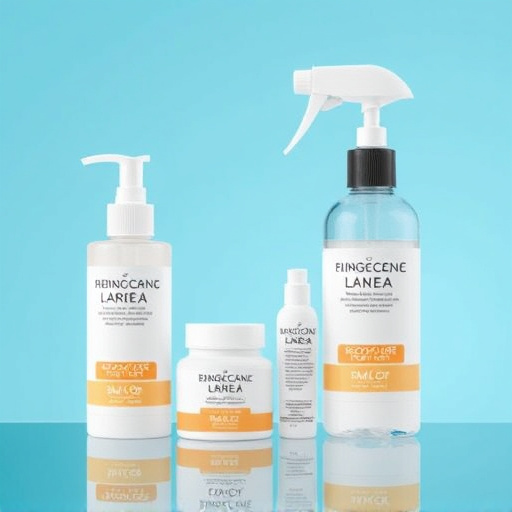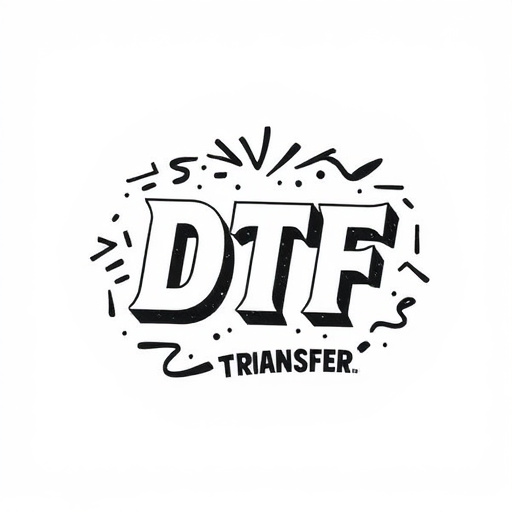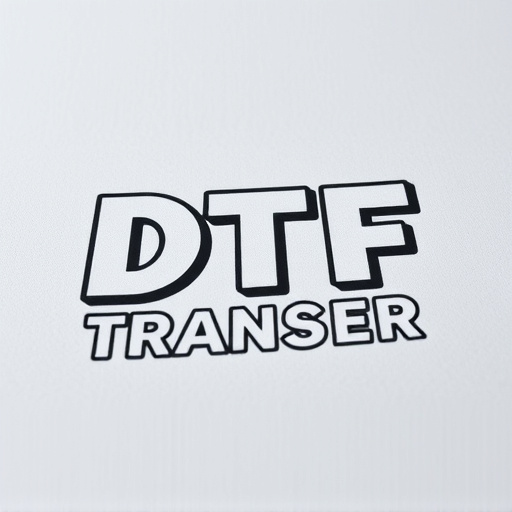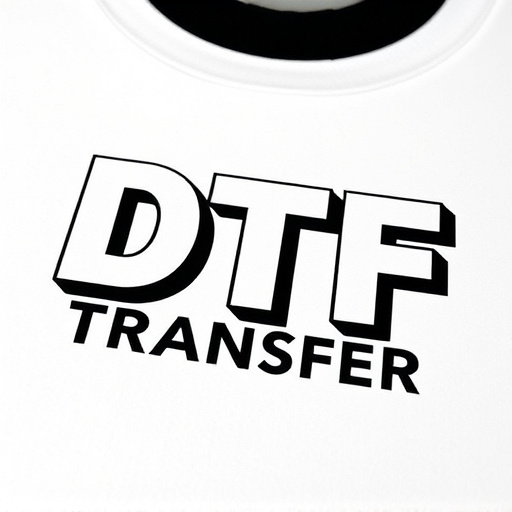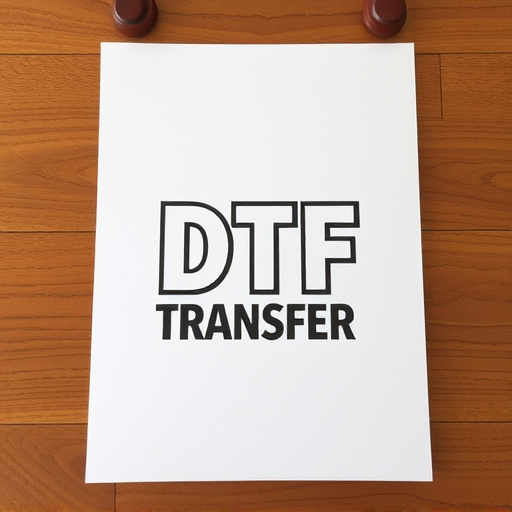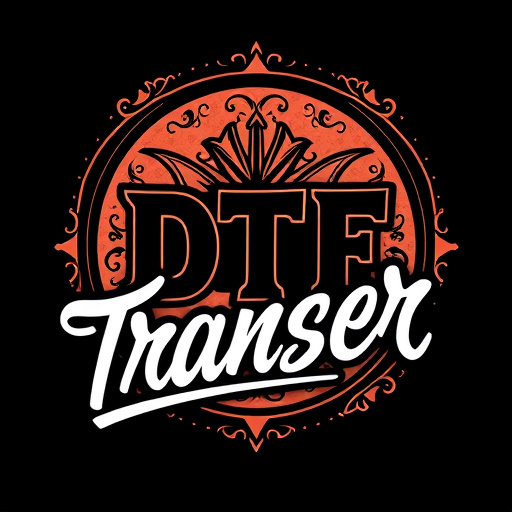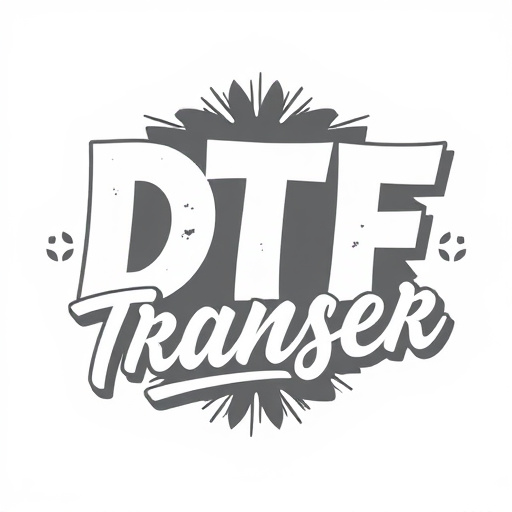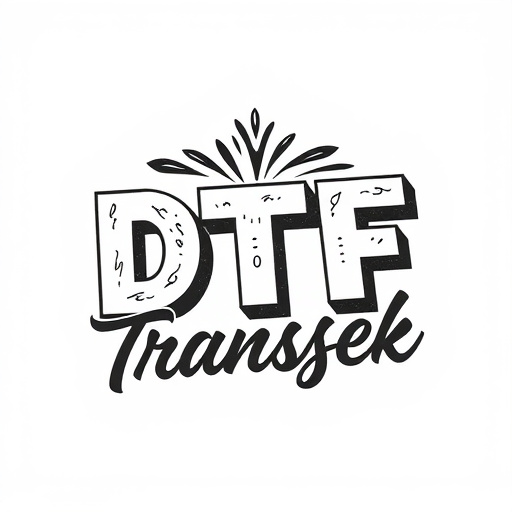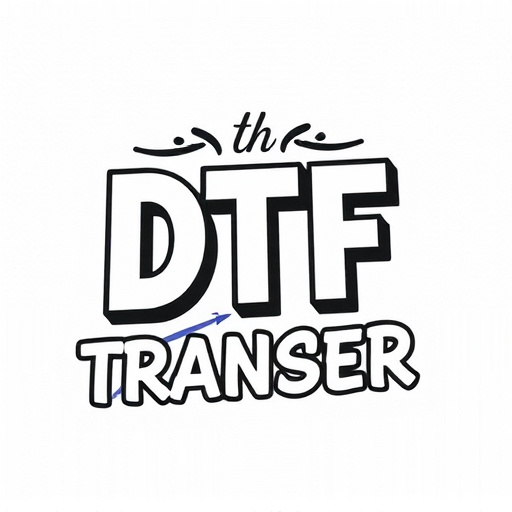Small-batch customization, powered by Direct To Fabric (DTF) transfer technologies, is revolutionizing the market by enabling personalized product production without large runs. This innovative approach allows businesses and creators to efficiently produce unique items tailored to individual preferences, fostering creativity and distinct storytelling. DTF transfers streamline production with minimal setup times, waste reduction, and flexibility in design applications, from apparel to home decor. With no minimum order requirements, small-batch production is a powerful tool for differentiation in niche markets, allowing brands to express their identity and enhance the customer experience through custom packaging. Advanced DTF techniques ensure consistent quality control, even with lower volumes, while direct-to-consumer (DTC) strategies enable successful brands to connect directly with discerning customers who appreciate unique, limited-edition products.
Discover the freedom of small-batch production without quantity constraints using Direct To Fabric (DTF) transfer printing. This innovative technique empowers businesses to offer personalized, on-demand products with diverse designs. From apparel to accessories, explore ideal items for small-batch success. Learn about efficient tools and techniques, maintain quality control, and master marketing strategies to captivate customers seeking unique, limited-edition pieces. Unleash your creativity and meet market demands with DTF transfer printing’s versatile capabilities.
- Understanding Small-Batch Customization
- Benefits of DTF Transfer Printing
- Ideal Products for Small-Batch Production
- Streamlining the Process: Tools and Techniques
- Quality Control and Consistency in Small Batches
- Marketing and Sales Strategies for Small-Batch Options
Understanding Small-Batch Customization
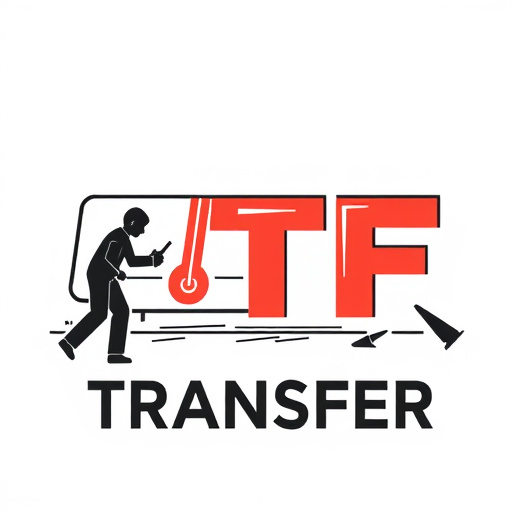
Small-batch customization is a game-changer in today’s market, allowing businesses to offer personalized products without the need for large-scale production runs. This innovative approach has been made even more accessible through dynamic tools like DTF (Direct To Fabric) transfer technologies. By utilizing these advanced methods, companies can efficiently produce small batches of unique items tailored to individual customer preferences.
This level of customization enables businesses to cater to diverse market demands and trends. Whether it’s a limited-edition t-shirt design, a custom-printed poster, or a personalized accessory, small-batch options empower creators and entrepreneurs to bring their ideas to life quickly and cost-effectively. It’s an exciting development that fosters creativity and ensures that each product has its own distinct story, making it a true testament to the customer’s style and individuality.
Benefits of DTF Transfer Printing

DTF (Direct-to-Fabric) Transfer Printing offers a multitude of benefits for small-batch production, catering to businesses and creators without the burden of minimum quantity requirements. This innovative technique allows for highly customized designs, enabling entrepreneurs to create unique, personalized products at scale. With DTF, intricate patterns, vibrant colors, and high-resolution images can be seamlessly transferred onto various fabrics, opening doors for diverse product applications, from apparel and accessories to home decor items.
Furthermore, the flexibility of DTF Transfer Printing streamlines the production process. It reduces set-up times, making it an efficient choice for small batches or one-off projects. This method also minimizes waste, as it directly applies designs to the fabric without the need for complex machinery or large orders. As a result, businesses can offer made-to-order items, respond swiftly to market trends, and cater to individual customer preferences, all while maintaining high-quality printing outcomes.
Ideal Products for Small-Batch Production

In the realm of small-batch production, where quantity isn’t a constraint but creativity is, certain products lend themselves beautifully to this approach. One such product that has gained immense popularity is the DTF (Direct to Fabric) transfer. These transfers allow for intricate designs to be seamlessly applied to a variety of fabrics without the need for large orders. They are ideal for small-batch production because they offer flexibility and customization at an affordable cost. This makes them perfect for small businesses, hobbyists, and even individuals looking to personalize their clothing or fabric items.
Another product that aligns well with this strategy is custom printed packaging. For businesses focusing on niche markets or unique products, creating visually appealing and branded packaging can set them apart. Small-batch production allows for these brands to experiment with design elements and printing techniques, ensuring their packaging reflects the essence of their brand identity. From stickers and labels to custom boxes, these items enhance the overall unboxing experience and build a lasting impression on customers.
Streamlining the Process: Tools and Techniques

In today’s market, small-batch production is gaining traction, allowing businesses to offer unique and customized products without the constraints of large-scale manufacturing. This shift is largely driven by advancements in technology and a growing consumer preference for limited-edition items. Streamlining the process is key to making small-batch options viable, especially when there’s no minimum quantity requirement. One powerful tool that facilitates this is the DTF Transfer (Direct to Forme) technique.
DTF Transfer empowers manufacturers to swiftly produce high-quality prototypes and short runs, enabling them to test market ideas efficiently. This method reduces waste by precisely applying designs onto various materials, from textiles to metals. Additionally, it offers designers and entrepreneurs immense flexibility, allowing them to iterate quickly and adapt to evolving trends. By combining cutting-edge technology with a lean production approach, small businesses can now compete effectively in the market while maintaining exceptional control over their product quality and design.
Quality Control and Consistency in Small Batches

In small-batch production, ensuring quality control and maintaining consistency can be a significant challenge. Unlike large-scale manufacturing where uniformity is easier to achieve due to standardized processes and high volumes, small batches often require more meticulous attention to detail. Each batch is typically produced in smaller quantities, allowing for less wiggle room when it comes to deviations from the ideal product specifications.
One effective strategy to uphold quality standards in small batches is through the implementation of DTF (Direct-to-Final) Transfer techniques. This approach ensures that the final product closely mirrors the desired outcome by minimizing touchpoints and potential contamination sources. By streamlining the production process, DTF Transfer can help maintain consistency across batches, providing customers with a reliable and high-quality experience every time.
Marketing and Sales Strategies for Small-Batch Options

In the market for small-batch options, successful marketing and sales strategies are key to attracting customers who appreciate unique, limited-edition products. One powerful tool is the DTF (Direct-to-Consumer) transfer model, which cuts out intermediaries and allows direct communication with consumers. This approach enables brands to build a loyal customer base by offering exclusive, personalized experiences and showcasing their product’s craftsmanship and quality. By leveraging social media, email marketing, and influencer partnerships, small-batch producers can create buzz around their offerings, highlighting the scarcity and exclusivity of each release.
Additionally, storytelling plays a significant role in selling small-batch items. Crafting narratives around the inspiration, design process, and materials used can evoke an emotional connection with buyers. Limited-edition labels and personalized packaging further enhance the customer experience, making every transaction feel special and exclusive. These strategies not only drive sales but also foster a sense of community among enthusiasts who appreciate the art and craftsmanship behind each small batch.
